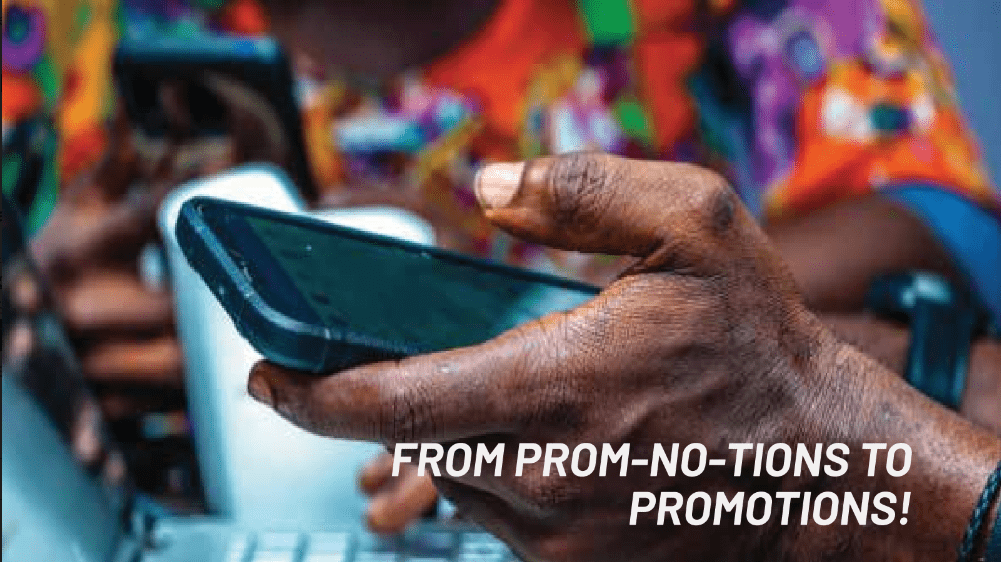
The company is the only B2C e-commerce platform built for the African mass market. They have 2 million customers who have placed over 13 million orders on their platform. Through a combination of digital channels and 50,000 agents across Kenya, the company serves over 800 million middle to low income consumers.
THE CHALLENGE
The company offers its customers the ability to place orders through an agent’s catalogue or on the company’s website. Customers who do not have internet access can directly order through these company agents. The items are then delivered to the nearest agent collection point, from
where the customers can pick up their orders. This innovative model makes it easy for theunder-served middle to low-income customers to conveniently receive high quality goods, that were previously unavailable to them unless they travelled to large stores in nearby towns and cities.
In order to boost their overall sales, the company periodically invested in multiple promotional initiatives, such as price discounts on certain products, mobile promotions, paintings on walls, lucky draws etc. Some of these promotional programs were advertised on the local radio stations. For example, customers who spent above a fixed amount on their orders were eligible to participate in a lucky draw event. When an agent had 5 such customers, he / she was also eligible to participate in the promotion. The customers and agents who won the lucky draw received their cash prizes in the form of mobile money.
However, the company found that their sizable investments in these different promotional activities had between very limited to no impact on the overall sales and customer engagement levels. The company’s key decision makers needed to understand their end customers better, to
know why these assorted promotions were not proving to be as effective as they anticipated. With this information, they planned to design new targeted promotional activities for their various customer segments, thereby, improving the Return on Investment (RoI) of their promotional initiatives.
THE SOLUTION
The team of data scientists and business analysts from Prescience Decision Solutions selected a sample set of customers from the available historical data. In order to understand the overall customer behaviour, the team examined different factors and attributes such as point-of-purchase, geographical location, sensitivity to product pricing, engagement with messaging, response to discounts, length of relationship with the platform, purchase history, visits, etc. Based on this analysis, a customer framework was developed to give the company a holistic view of their customer behaviour.
The Segmentation, Targeting, Positioning (STP) model was then used to build various segments to deliver the planned new customer-centric experiences. The selected customer data set was mapped to 5 different customer categories using this STP model. Our team created separate targeting strategies for each of the customer segments. These targeting strategies were based on multiple Key Performance Indicators (KPIs) such as volume of impact, new launches, shopper reach, seasonal lift, agent reach, etc.
The team from Prescience also used the Affinity Analysis model to understand the overall buying behaviour of customers in each of the 5 different segments. Based on this, identified the set of products that each segment had a high propensity for purchasing together.
Next, our team provided personalized recommendations for promotions on items that were purchased by the 5 different customer segments. From the available data sets, additional insights were derived such as which products that could be offered on discount, what items could be placed next to each other in the catalogue based on affinity, upselling, and cross selling.
The overall solution was built on,
– AWS RedShift
– AWS S3 and
– Python.
THE IMPACT
The company benefited not just from improved promotional management but also from a comprehensive understanding of their diverse customer base. As a result, the company was able to drive higher customer engagement across segments and increase their overall sales and revenues. This led to a revenue growth of between 6-10% for each segment through targeted promotions, within a span of the first 2 months.
Overall, the company was able to maximize its profit by optimizing the cost of promotion campaigns through identifying where to promote, whom to target, and which items to include in these promotions.


